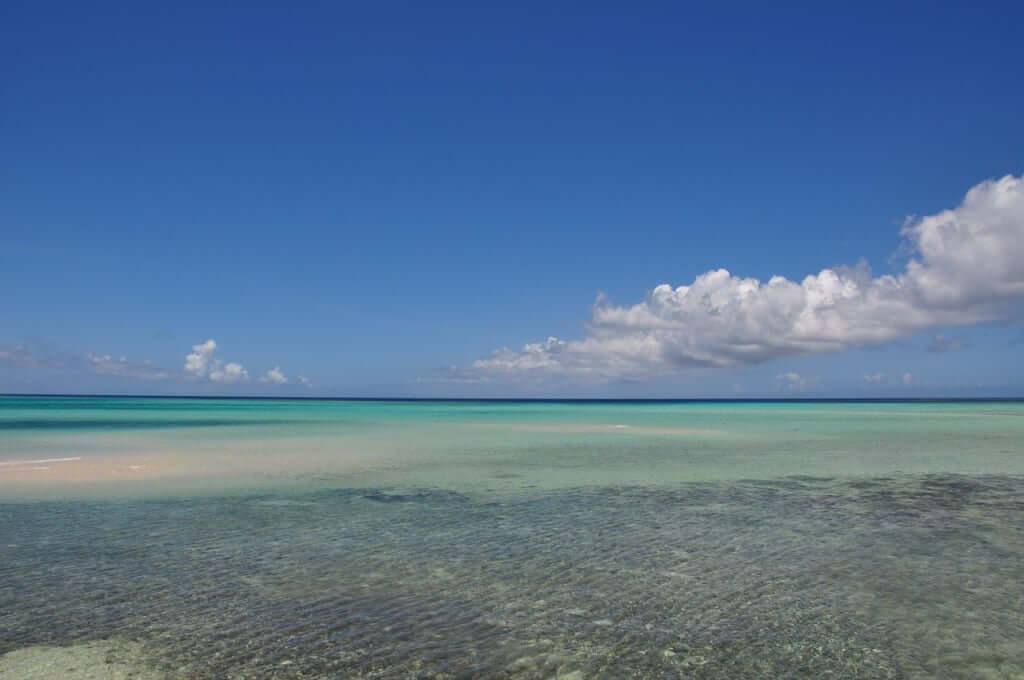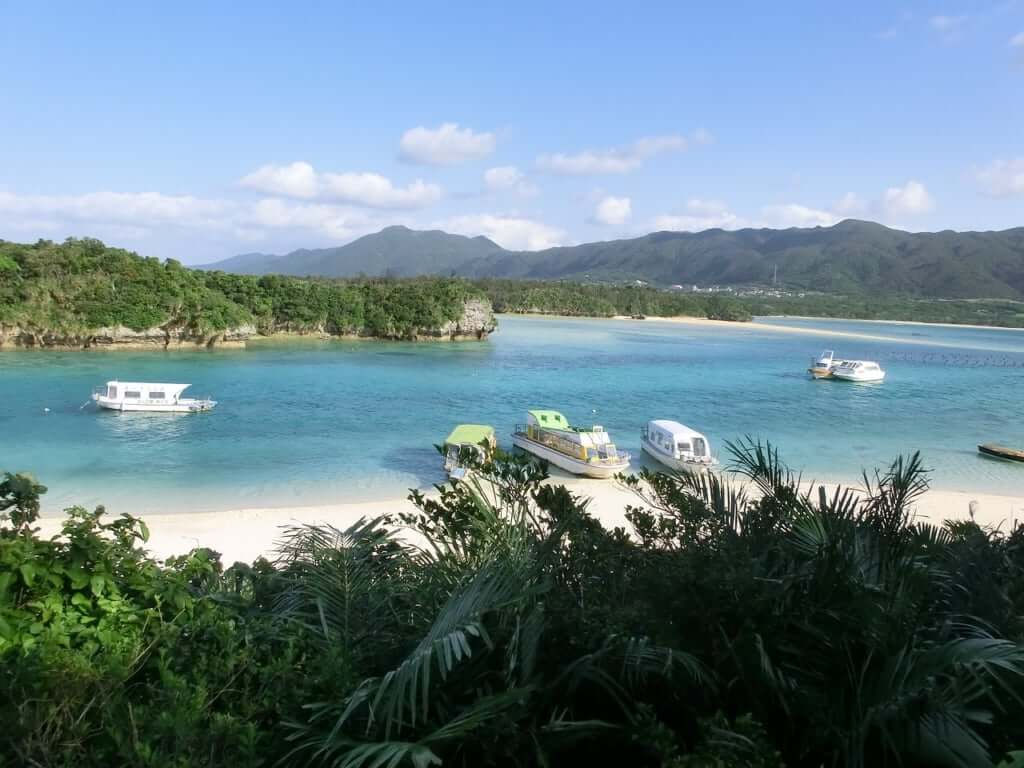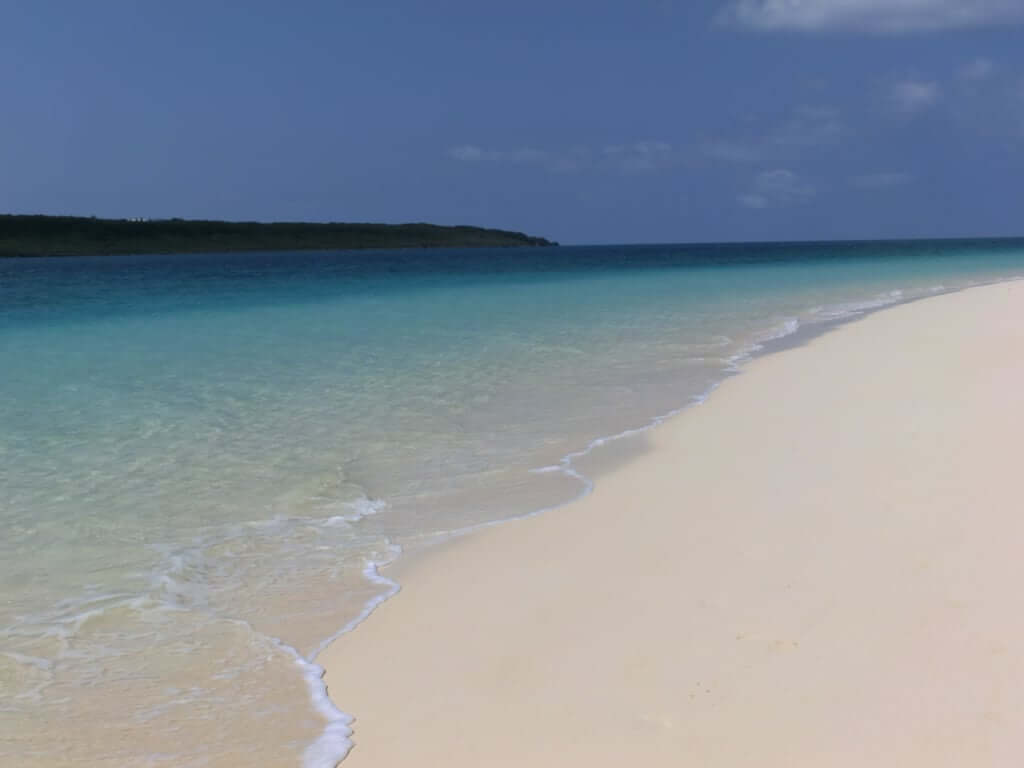Miyakojima, a Tropical Paradise
This island in Okinawa is home to one of Japan's most beautiful beaches, Maehama, with its white sand and crystal-clear water.

Miyakojima is the largest of the nine islands that make up the Miyako Islands in Okinawa Prefecture. With its subtropical climate and idyllic beaches, it is one of the most popular holiday destinations for the Japanese in warmer weather, from April until October.
The best-known beach is uncontestably Maehama, with its seven kilometres of white sand and its clear water. Another point of interest is the Higashi-Henna-Zaki cape located on the south of the island. Its white lighthouse opens onto one of Japan’s most stunning panoramas; indeed, it appears on the list of the 100 most beautiful landscapes in Japan. To the north of Miyakojima lies Yabiji, one of the largest coral reefs in the country, which is regularly explored by snorkelling enthusiasts.
An ideal island for cycling
The island is very flat and can be visited by car or by bike. Spanning 25 km from north to south and 15 km from east to west, it has numerous roads and paths that allow visitors to discover all its nooks and crannies. There are also bridges that connect to the neighbouring islands of Irabu, Ikema, and Kurima, which are likewise lined by heavenly beaches.
However, Miyakojima is more than just a destination for lazing about. The island is also rich in history. It wasn’t until 1879 that the government of Meiji Japan connected the island to the Japanese administrative system. At the end of the Second World War, it passed into the hands of the Americans, like many islands in Okinawa Prefecture, before returning to Japanese control in 1972. The American military presence was documented by photographer Greg Girard in his series Hotel Okinawa.
Miyakojima can be accessed by plane from Japan’s main airports. More information can be found on the Okinawa tourist office website.



TRENDING
-
A House from the Taisho Era Reveals Its Secrets
While visiting an abandoned building, Hamish Campbell discovered photographs the owner had taken of the place in the 1920s.

-
The Taboo-Breaking Erotica of Toshio Saeki
The master of the 1970s Japanese avant-garde reimagined his most iconic artworks for a limited box set with silkscreen artist Fumie Taniyama.

-
With Meisa Fujishiro, Tokyo's Nudes Stand Tall
In the series 'Sketches of Tokyo', the photographer revisits the genre by bringing it face to face with the capital's architecture.

-
Masahisa Fukase's Family Portraits
In his series ‘Family’, the photographer compiles surprising photos in which he questions death, the inescapable.

-
Hajime Sorayama's Futuristic Eroticism
The illustrator is the pioneer for a form of hyperrealism that combines sensuality and technology and depicts sexualised robots.





